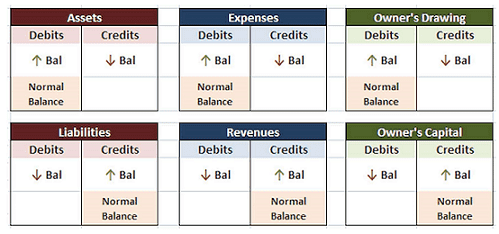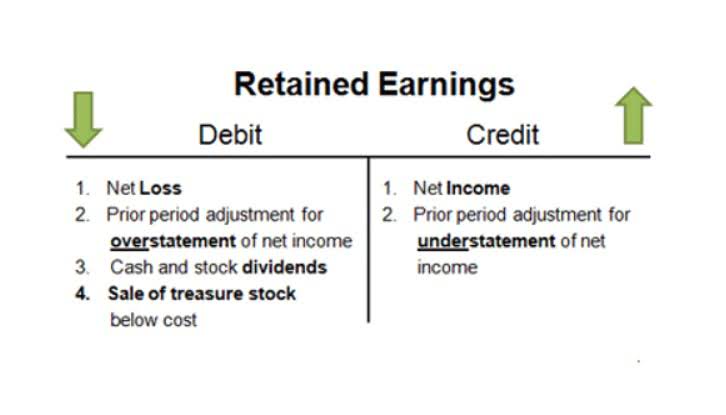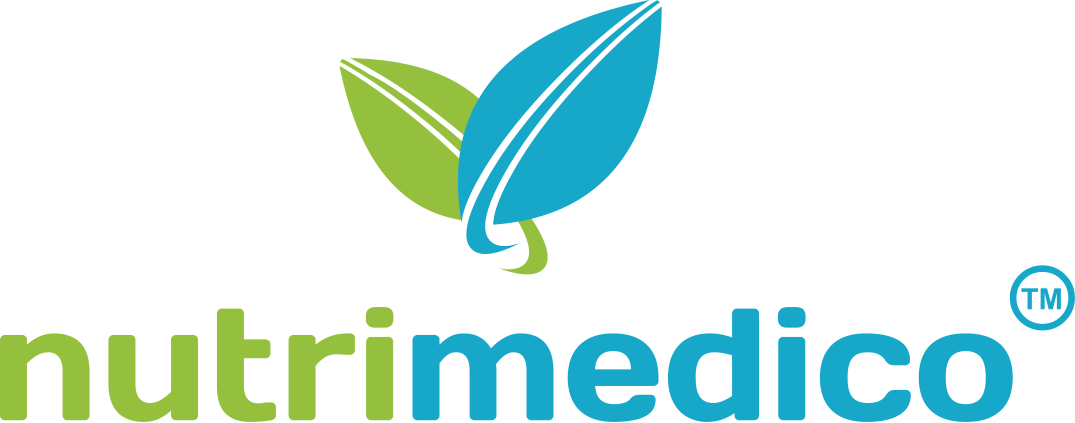
An automated financial reporting system uses software to generate financial reports for your company. Tasks like account reconciliation, monthly close, data entry, preparation of financial statements and management reports, can be automated effectively. Analysis of financial data is key to gaining deeper insights into business performance and enables you to pull together financial reports for forecasting and making informed business decisions. Point solutions like Hyperion Enterprise fall well short of meeting the financial reporting needs of a modern business and Excel spreadsheets can’t streamline the reporting process. We all know Excel is used widely in accounting teams, but despite its strengths, Excel isn’t capable of handling big data processing and enabling the analysis of a whole range of data. The more a company changes or grows, the more it generates data, so having a cloud-based business planning and analysis platform that integrates with ERP systems and multiple other datasets has many benefits.
The Role of AI in Streamlining Mergers and Acquisitions in Accounting
A study by the University of Oxford showed that errors in manual transcription occurred at a rate of 3.7%. Effective decision-making and financial analysis rely on deriving timely and accurate information. The first step is to capture the data, which employees often complete manually. While you might have a roadmap and timeline for automation adoption, these processes can be drawn out even longer sometimes. Your timeline will need to account for consultation and collaboration with operational and IT teams. The software should have reporting features, with the ability to make projections and field insights as part of a robust business intelligence system.
- Bookkeeping automation has been a significant leap forward in financial management over the last ten years, offering businesses and accountants unparalleled accuracy, efficiency, and strategic insight.
- Additionally, engage key stakeholders early to secure their buy-in and support, making the transition smoother for everyone.
- The revenue automation software buyer’s guide provides a complete roadmap for researching, evaluating, and selecting the right revenue automation software for your company.
- This scalability enables organizations to adapt quickly to changing market conditions and make informed decisions based on up-to-date financial information, ultimately enhancing the company’s financial health.
- Automating financial reporting with data visualization tools enables real-time data processing and analysis, providing organizations with up-to-date insights into their financial performance.
- Are you looking for basic reporting, or do you need advanced analytics and forecasting capabilities?
Integration with Legacy Systems
Make informed decisions, predict future trends, and drive your business forward with speed and confidence. Once you’ve worked out an outline for a workflow, test it out in practice and iron out any kinks along the way. Looking to utilize process optimization tools to minimize waste and maximize efficiency? Let’s imagine, for example, that you’re analysing a balance sheet and notice that the accounts receivables seem overinflated.

What Is Financial Reporting Automation?
This means ensuring that information fed into financial reporting automation software (i.e. transactions, receipts, invoices) is verified before reports are generated. Regularly monitor the performance of your automated processes, tracking key metrics financial reporting automation and seeking feedback from users. Continuously look for opportunities to optimize and refine your workflows based on insights gained from data analysis and user experiences.

Challenges to implementing automation in your financial reports
- Yes, businesses of all sizes can benefit from automating financial statements.
- Financial reporting automation is the use of software that covers the essential aspects of curating and generating financial reports.
- Automation drives down costs, reduces data entry and calculation errors, and ensures compliance with regulatory boards, empowering FP&A teams to deliver accurate, timely reports.
- Rule-based automation helps businesses to define and execute requirements for different operations in compliance with the rules.
- Continuous improvement is the name of the game, ensuring your reporting remains top-notch.
Implementation timelines can range from a few weeks for simple setups to several months for more complex integrations. Factors like the size of your business, the complexity of your financial processes, and the chosen software all play a role in determining the timeline. Remember, the goal of financial automation isn’t just to make your current processes faster—it’s to transform how your business understands and uses its financial data. As you implement these changes, keep an open mind about how automation can reshape your entire approach to financial management.
- Discover the key finance automation trends transforming businesses today.
- This doesn’t just save valuable time that you’d otherwise spend on manual processes.
- Your accounting automation software should scale alongside those evolutions and be able to handle larger volumes.
- As enterprises across industries continue to evolve, facilitating efficient organizational functioning has become an important focus area for resource allocation.
- It reduces errors and risks to a minimum while increasing efficiency, saving you time, and improving the transparency and traceability of your data.
What is financial reporting automation?

Whether it is inventory management, payroll, or even handling foreign transactions, the software should provide a simple and holistic solution for your business’s financial management. These systems are designed to manage key accounting tasks, all from a central console. You can automate Bookstime the general ledger, accounts payable and receivable, financial statements, and profit and loss statements.

- The aim of reconciliation is to resolve any discrepancies that are discovered.
- Start by taking a hard look at your current financial reporting process.
- The data gathered by the financial reporting system must be automatically transformed and standardized to ensure consistency across different systems and formats.
- Resistance to change, lack of clear communication, and insufficient stakeholder engagement can hinder the adoption of new systems.
- By carefully selecting and implementing the right tools, you’ll be well on your way to financial reporting nirvana, with a team that’s not just on board, but enthusiastic about the journey ahead.
- By fostering a culture of continuous improvement and involving all stakeholders, organizations can enhance user adoption and satisfaction, ultimately leading to a more successful automation initiative.
Remember to consider the long-term savings in time and reduced errors when evaluating costs. Remember, the goal is to simplify your financial reporting process, not add another layer of complexity. Choose a tool that fits naturally into your current workflow and enhances bookkeeping your team’s productivity. Start by taking a hard look at your current financial reporting process. Understanding your unique needs will help you identify the features that are must-haves versus nice-to-haves.

Recent Comments